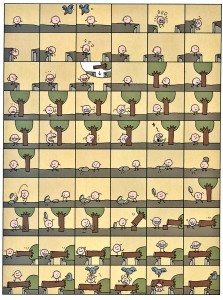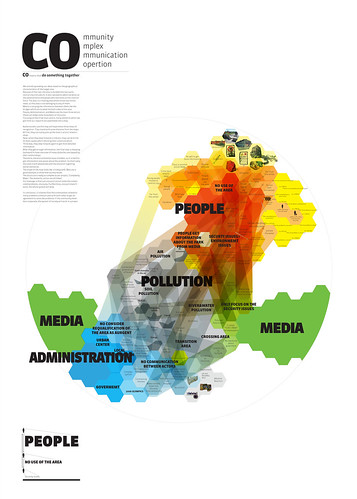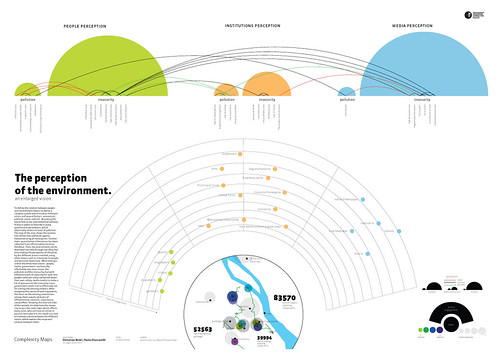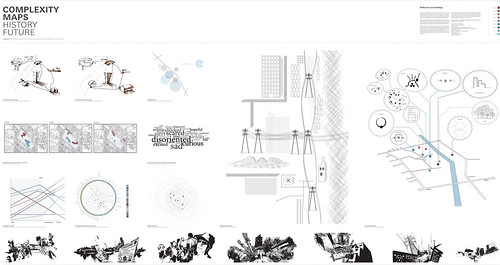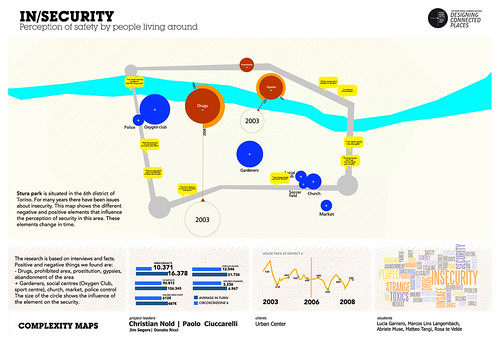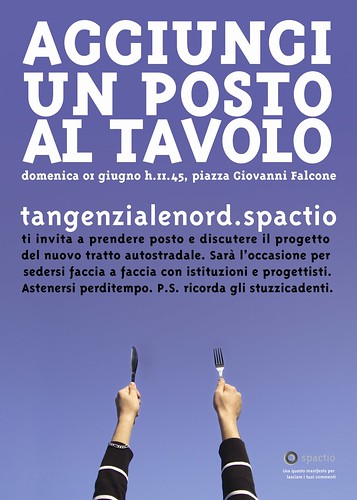Economic statistic concerns understanding complex, multidimensional, ambiguous and dynamic phenomena building formal representations (models) based on statistical data. Communication Design addresses complex phenomena to interact with them building multi-dimensional visual representations based (in some cases) on statistical data.
The DensityDesign Lab approach, partially modified despite past editions, tries to foster this alliance in order to explore socio-economic phenomena that present both representational and visual problems. In fact they could be:
complex;
* multidimensional;
* dynamic and evolutionary;
* not numerically measurable if not qualitatively;
* ambiguous and fuzzy;
* not dichotomous;
* of great impact on people and society.
The goal is to contribute to the construction of representation and visualization model respecting and preserving the inner structure of the analyzed phenomena, allowing users to know (see) them as a whole. This is not primarily a design issue, but an epistemological one; the aspect of visual representation and communication is only one part of a bigger topic. The broader aim is helping in build a cognitive process that integrates and combines different disciplines and skills.


